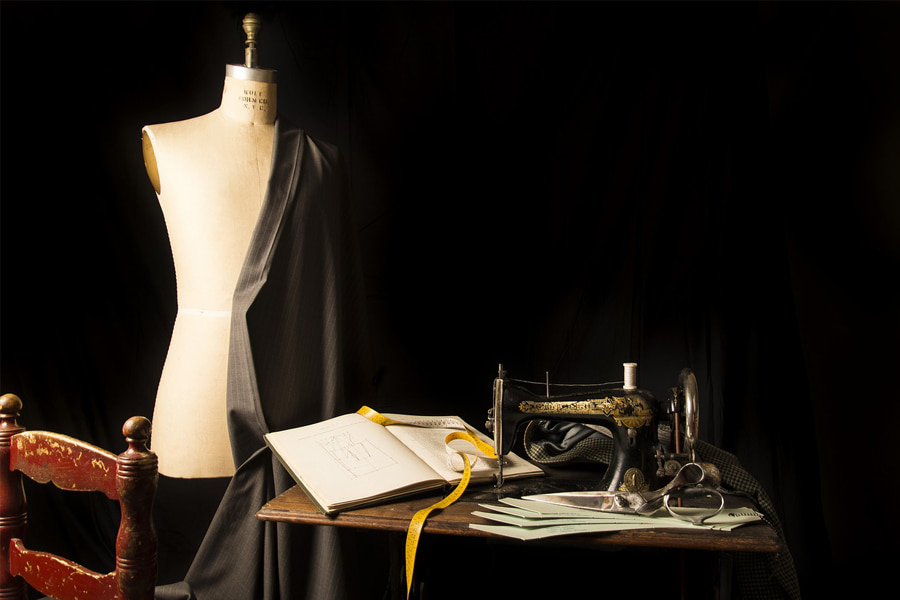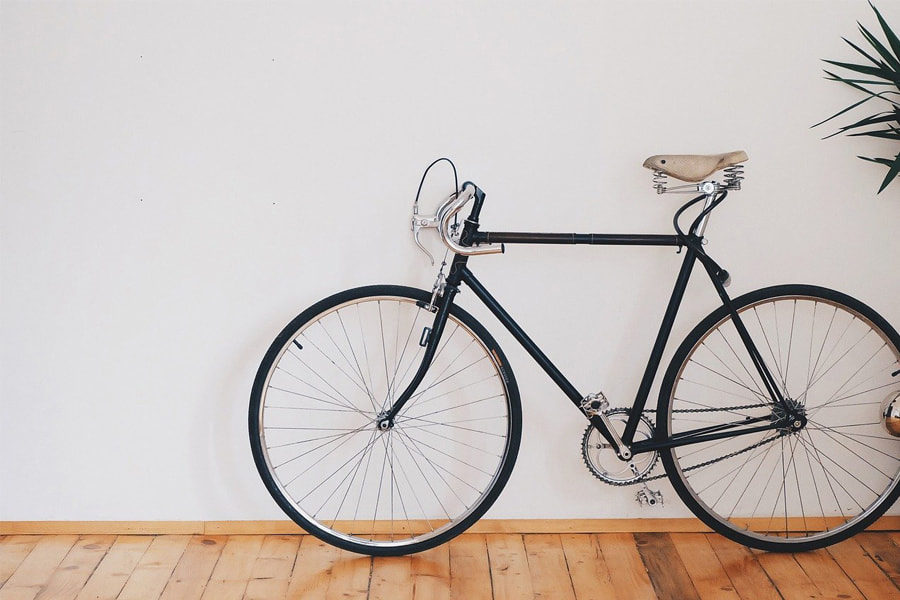
It is very important to have a sewing machine for you at home. Perhaps, you may be someone who needs to use a sewing machine at a professional level. Or maybe, you would be someone who needs to use a sewing machine for general-purpose work. Whatever, the case is, having a sewing machine is a great thing and it invariably helps you fulfill your needs quite easily too. Nevertheless, it is necessary that you go for a good and quality product as you may probably like to make all of your home tools long-lasting. So, we thought of sharing information about the best sewing machine that you can buy on the market.
Sewing Machines
A sewing machine is a machine that uses thread to stitch cloth and other materials together. During the first Industrial Revolution, sewing machines were there to reduce the quantity of hand sewing work in garment factories. Since the creation of the first sewing machine in 1790, widely credited to Englishman Thomas Saint, the sewing machine has substantially increased the efficiency and production of the apparel industry.
The early sewing machine was a design of Barthélemy Thimonnier of France, who received a patent by the French government in 1830 to mass-produce uniforms for the French army. But 200 rioting tailors who feared the invention would destroy their businesses destroyed the machines in 1831. In any case, Thimonnier’s invention essentially automated the hand-sewing process.
One person can use a home sewing machine to sew specific objects using a single stitch type at a time. The stitching procedure in a contemporary sewing machine has been mechanized so that the cloth flows in and out of the machine without the hassle of needles, thimbles, and other hand sewing equipment. People had to drive early sewing machines by a foot–treadle mechanism or by continually twisting a handle. Later on, electrical machines were available. In comparison to domestic sewing machines, industrial sewing machines are larger, quicker, and more diverse in terms of size, cost, look, and work.
Different types of Stitches
In this article about the best sewing machine, we think that it would be important to know about the different types of stitches. So here they are.
- Chain stitch
- Lockstitch
- Overlock
- Coverstitch
- Zigzag stitch
Of course, we are willing to tell you about these in detail. Keep reading!
1. Chain stitch
Early sewing machines used chain stitch, which had two primary drawbacks. Because the stitch is not self-locking, if the thread breaks, the entire length of stitching will come out. It is also simple to tear out. This is one drawback. The other is that you cannot change the sewing direction significantly from one stitch to the next, or the stitching operation will fail.
2. Lockstitch
Most domestic sewing machines and most industrial “single needle” sewing machines use two threads, one passing through a needle and the other coming from a bobbin or shuttle, to produce a lockstitch. Using a bobbin driver, each thread stays on the same side of the cloth, interlacing with the other thread at each needle hole. As a result, a lockstitch can be there on any part of the cloth, not only along the edge.
3. Overlock
With two to four threads, one or two needles, and one or two loopers, an overlock, also known as “serging” or “serger stitch,” can be created. Knives are typically comes with overlock sewing machines to trim or construct the edge directly in front of the stitch formation. Overlock machines are often useful for garment seams in knit or stretchy fabrics, garment seams when the fabric is light enough that the seam does not need to be open.
4. Coverstitch
Two or more needles and one or two loopers comes handy to make cover stitch. Coverstitch, like lockstitch and chain stitch, may be made anywhere on the fabric being sewed. One looper manipulates a thread beneath the fabric to make a bottom cover-stitch against the needle threads. A top cover stitch may be formed by using an extra looper above the material at the same time.
5. Zigzag stitch
A zigzag stitch is a kind of lockstitch with a different geometry. It is a back-and-forth stitch used to avoid fabric raveling, sew elastic textiles, and temporarily unite two workpieces edge-to-edge when a straight stitch would not serve.
Different types of Feed Mechanisms
All the same, it would be necessary to take a look at the different feed mechanisms available as well. So, what are the available feed mechanisms?
- Drop feed
- Differential feed
- Needle feed
- Walking foot
- Puller feed
- Manual feed
Curious to know about them? Of course we will tell you.
1. Drop feed
Almost all domestic machines have a drop feed system, which comprises a mechanism beneath the stitching surface of the machine. A series of “feed dogs” is pushed up through slots in the machine surface and pulled horizontally past the needle when the needle is removed from the cloth being stitched. To hold the material, the dogs are serrated, and a “presser foot” keeps the material in touch with the dogs. The dogs are lowered and restored to their original position at the completion of their horizontal motion, while the needle makes its next pass through the material.
2. Differential feed
Differential feed is a form of drop feed in which two sets of dogs, one before and one after the needle, are fed separately. These pairs of dogs may stretch or compress the material in the region of the needle by adjusting their relative movements. When sewing stretchy fabrics, this is very advantageous, as differential feed is usually useful on overlock machines (which are regularly useful for such materials).
3. Needle feed
Only used in industrial equipment, a needle feed pushes the material while the needle is in it. In fact, the needle might be the primary source of nutrition.
4. Walking foot
A walking foot replaces the fixed presser foot with one that travels in tandem with the machine’s other feed components. As a result, the walking foot shifts the workpiece with it as it goes.
5. Puller feed
Auxiliary puller feeds used on some manufacturing machines and a few domestic machines grab the stitching material (typically from behind the needles) and pull it with a force and dependability that other types of feed cannot match. However, puller feeds are rarely integrated into standard sewing machines.
6. Manual feed
Freehand needlework, quilting, and shoe mending are all done using a manual feed. So the stitch length and direction are totally controlled by the motion of the material being stitched using the manual feed. Fabric is frequently used with a hoop or stabilizing material to maintain it under appropriate tension and make it easier to move around.
About the Product
There are 70 built-in stitches on the Brother CS7000X sewing and quilting machine, including utilitarian, decorative, heirloom, and quilting stitch features, as well as seven 1-step auto-size buttonholes. The automated needle threader reliably puts the thread through the needle and is easier to use than ever before. The easy-to-load, jam-resistant drop-in top bobbin is simple to load and keeps your bobbin in position. A broad table, 10 stitching feet, a quilt guide, a sturdy hard case, a trilingual English/Spanish/French user handbook, and more are with the CS7000X. Above all, the machine’s sturdy metal frame can handle any job, and the needle stays in position as you work, allowing for smoother stitching and even lines. Users may work on larger items, like quilts, with a wider workspace and improved needle-to-arm space.
In addition, this product is only meant to be sold in the United States at 120 volts. And any other usage or sale will invalidate the guarantee.
Ratings
This product has received a lot of positive ratings. And that is the reason for this to be the best sewing machine available on the market. For ease of learning, this has received a global rating of 4.6. And for ease to use, this has received a global rating of 4.5. Its buyers have rated it at 4.5 for its suitability for beginners. The global rating this has received for its versatility is 4.3. For the quality, it has received a global rating of 4.2. Meanwhile, it has received a global rating of 4.1 for durability.
Final Thoughts
In this article, we suggested the best sewing machine for you to buy for your use. Before conclude we hope that our review was greatly useful to you.




